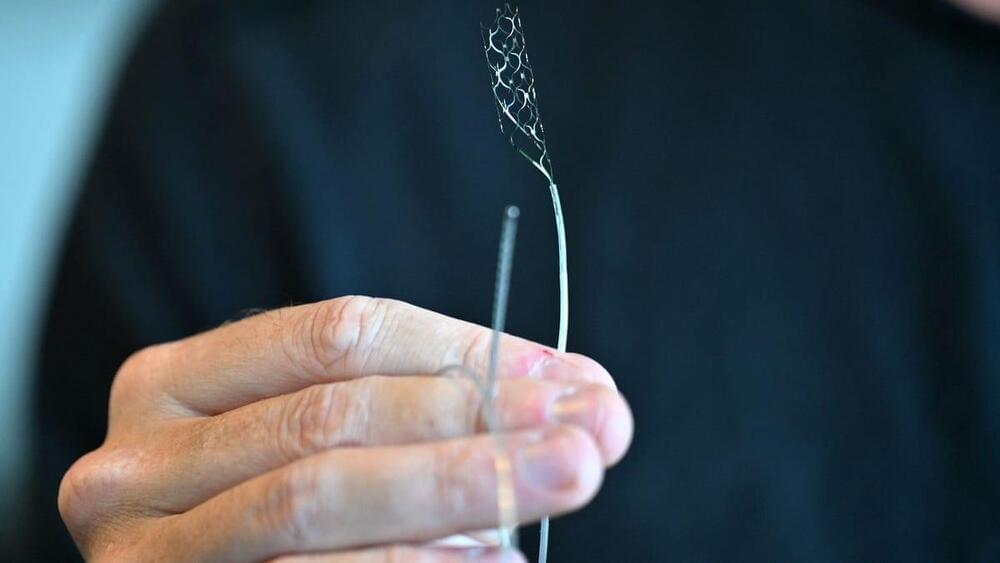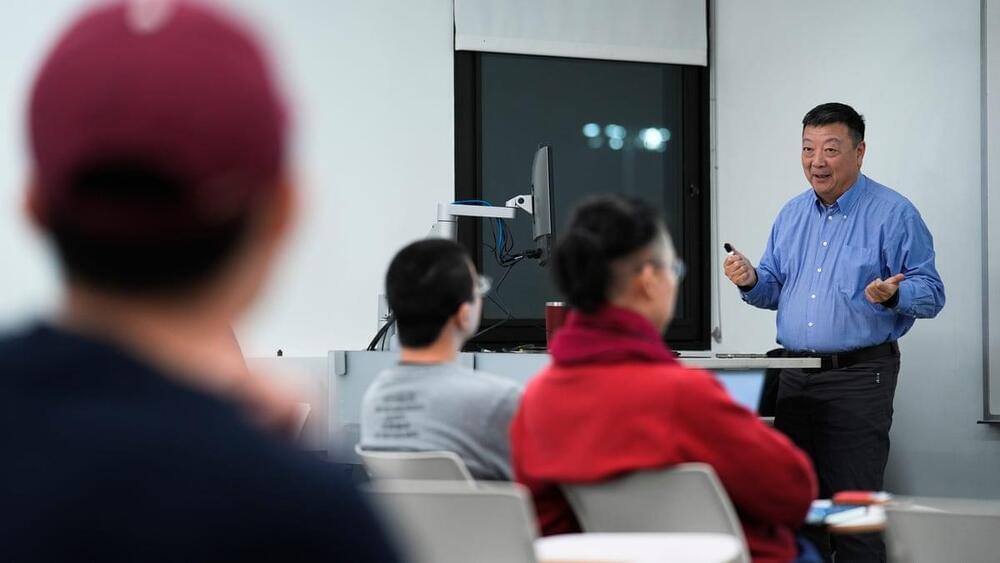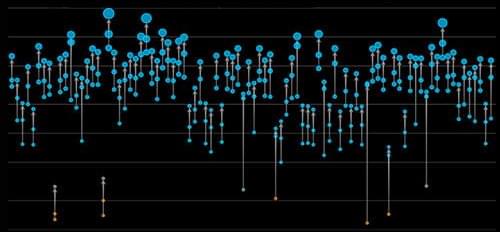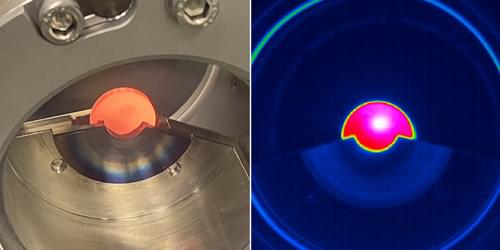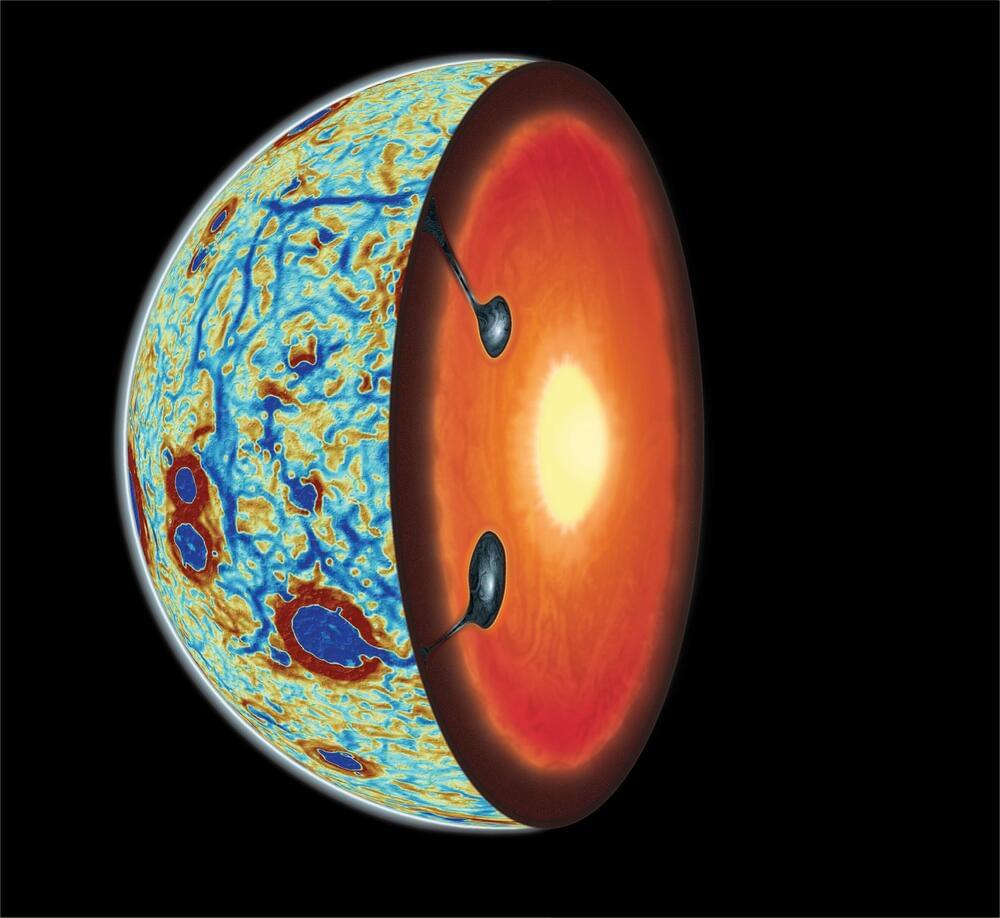Apr 8, 2024
Invention Can ‘Shield’ Quantum Computers From Magnetic Interference
Posted by Shubham Ghosh Roy in categories: computing, quantum physics, satellites
PRESS RELEASE — Magnetic Shields Limited (MSL) has invented a lightweight and small-scale magnetic shielding system for cryogenic conditions.
The innovation developed by UK-based MSL in collaboration with the University of Nottingham and quantum computer developer SEEQC will revolutionise quantum computing performance and efficiency. The coil shield also has implications for satellites, where payload weight determines launch costs.
The shield is the first to integrate thin metal coils into magnetic shielding to actively cancel out magnetic field interference in temperatures near absolute zero. It eliminates the need for bulky metal housings.



